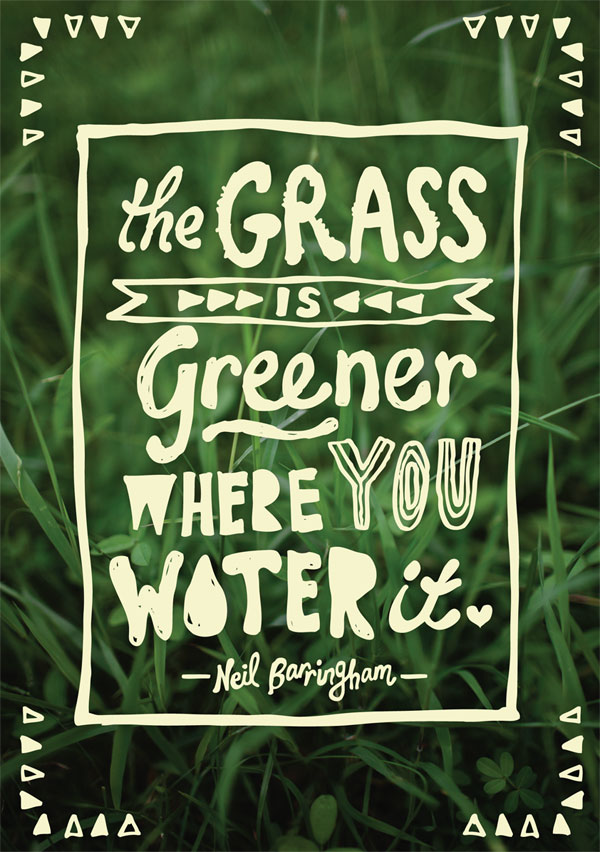You can either read my blog post below or listen to it here.
My blog series has covered five out of the seven signs to a healthy relationship thus far. Today’s post shares the sixth sign of a healthy relationship, which is: Partners Express Their Gratitude. This blog post will be short and sweet, because I think the message behind partners expressing their gratitude is short and sweet. And, with Thanksgiving right around the corner, it’s only appropriate is it to think about gratitude!
When I think about partners expressing gratitude I think about how many opportunities we have daily to express our gratitude to our partners.
You may be feeling grateful, you may notice things to be grateful for with your partner, but do you say it?
Relationships naturally transition from the honeymoon phase to other more complicated stages of the relationship, and I often wonder if things within a relationship just become expected. Do simple things, like the short list you see below, happen without any gratitude shared?
- nice texts from your partner wishing you a good day
- phone calls from your partner just to check in
- you notice your partner unloading the dishwasher (insert any chore/household duty here)
- you observe your partner helping with the kids- or how he/she naturally parents
- fun evenings out or fun trips together
- hard work your partner puts in at their job
- or just your partner being him/herself
What it all boils down to is this: when you feel special, when you feel grateful and thankful for your partner, do you express it to him or her? A simple, “thanks for unloading the dishwasher…[or]… it was nice to hear from you earlier today…[or]…I had a nice time tonight just hanging out with you…” can go a long way for your partner’s happiness and connectedness in the relationship.
I want to leave you with a quick personal story I experienced last night. My husband and I went to our friend’s house for a dinner party. We shared the evening with people from all walks and ages of life and had a beautiful evening sharing our own personal stories. Our friends who hosted the dinner party shared how they choose to express themselves within their relationship. They began by telling us that the two of them struggled to feel that “I love you” within the relationship was enough. So, instead of only saying “I love you” daily to one another, they ensure each day they say, “I’m grateful for you” to one another. Their story moved me and I agree that saying, “I love you” sometimes just does not feel enough. “I am grateful for you” encompasses so many more things left unsaid.
Expressing gratitude within a relationship may be one of the first things unintentionally overlooked, and I am going to challenge you (and myself) to make it a priority within your relationship. Even if there is not one thing you specifically want to share with your partner, use my friends’ tip by saying, “I’m grateful for you” daily.
*DiDonato, T.E. (July/August 2015). Article Adjustment Bureau. Psychology Today, 93.






